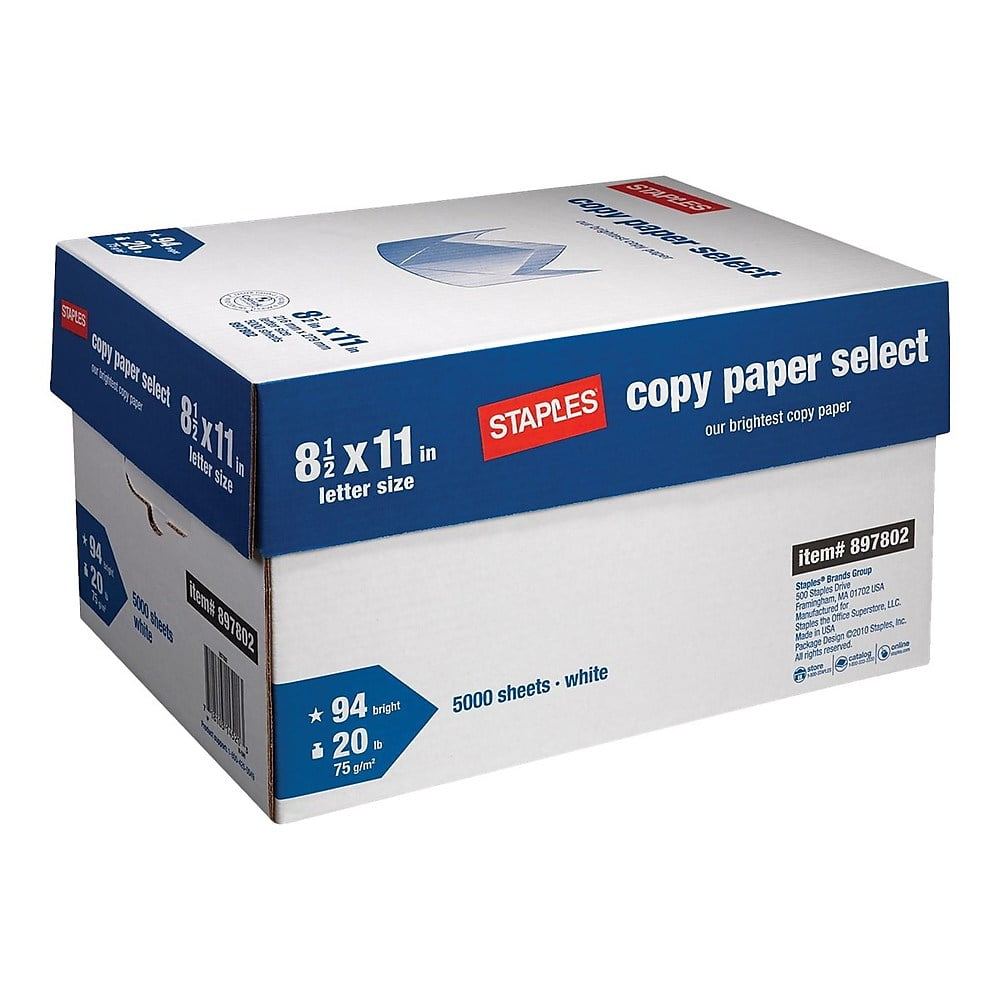
Red Tape: The earliest reference we have found to use of red tape to tie papers is: "a bundle of papers, ty'd with red tape." ( The Proceedings at the Sessions of the Peace, and Oyer and Terminer, for the City of London, 1730, p. An an ad for Pyramid Pins in a circular holder with a label similar to that in the photo here appeared in 1910. Philadelphia, PA, advertised Pyramid Pins in a similar circular holder The photo below shows Pyramid Pins of the type sold for fastening papers in officesĪs well as for many uses in homes by the New England Pin Co., Winsted, CT. Straight Pins: Mass production of straight pins began in the first half of the 19th century, and it seems likely that straight pins were used to fasten papers once they were mass produced if not before. Mucilage Compared to Paper Clips, Business, 1912 See the image on the right immediately below. At least as late as 1912, well after numerous types of metallic paper fasteners had been placed on the market and widely adopted, mucilage was promoted as an alternative to paper clips for fastening papers. With other office supplies at the 1876 International Exhibition. A number of sellers exhibited mucilage along & Co.,īoston, MA, and Chase & Bush, Philadelphia, PA, in 1868. Stafford, both New York, NY, in 1867, and by Carter Bros. Was advertised along with other office supplies by Richard B. 52) Mucilage, a water-soluble glue made from plants,

The following question and answer appear in 1860 testimony: Question: "Did the paper handed to you in the saloon in fact consist of two papers attached together by mucilage?" Answer: "It did." (Miscellaneous Documents of the US House of Representatives, 36th Congress, 1st Session, Mis. Paste and Glue: It seems likely that lines and dots of paste and glue were used to fasten papers well before the 19th century, but our research goes back only to the second half of the 19th century. Waterlow & Sons, London,Įxhibited sealing wax in 1855, and Thaddeus Davids & Co., The Exhibition of the Massachusetts Charitable Mechanic Association,īoston, in 1837. Butler of New York, NY, exhibited sealing wax at Sealing Wax: Sealing wax was used to authenticate and seal documents long before the 19th century. A supply of silk twist and some large needles should be provided for this purpose." ( Journal of the Society of Arts, v. Needle and Thread: A document published in 1858 states: "The Candidates should leave their answers at their seats (with the Examination papers attached to them), after having carefully filed them all together in order through the upper left hand corner. Next we provide information about the 19th century use of a few of the methods of fastening papers listed immediately above. For example, in the early 1900s paper clips were sometimes advertised as a superior alternative to pins for fastening papers. While metallic paper fasteners and machines to insert them caught on quickly, the seven methods of fastening papers that are listed immediately above were still used for decades. Rubber bands placed around groups of papers Strings or ribbons tied around groups of papersħ. Strings, cloth tapes, or ribbons that were inserted through parallel incisions made with a penknife, then tied, and sometimes secured with paper or wax seals to prevent tampering with the documentĦ.

Paper or wax seals or wafers (which were marketed for use in sealing envelopes)ģ. Papers were held together by any one of the following:ġ. Before these specialized paper fastening devices were available, the types of documents that today are stapled together were fastened in a number of ways that did not make use of metallic fasteners or mechanical devices. Of fasteners by cutting and folding or crimping the papers themselves.īefore Metallic Paper Fasteners: Metallic paper fasteners and machines to insert them began to arrive on the market in the late 1850s and were widely advertised from 1866 onward. Types of paper fasteners, such as eyelets, and to attach papers together without the use Theĭiscussed here were used not only to insert and clinch staples but also to insert other That were sold to meet this demand between the 1850s and early 1940s. Of our research at the Museum, we have investigated the development of early Nineteenth century created a demand for efficient ways to fasten papers together. Expansion in the volume of papers generated and stored in offices during the second half of the


 0 kommentar(er)
0 kommentar(er)
